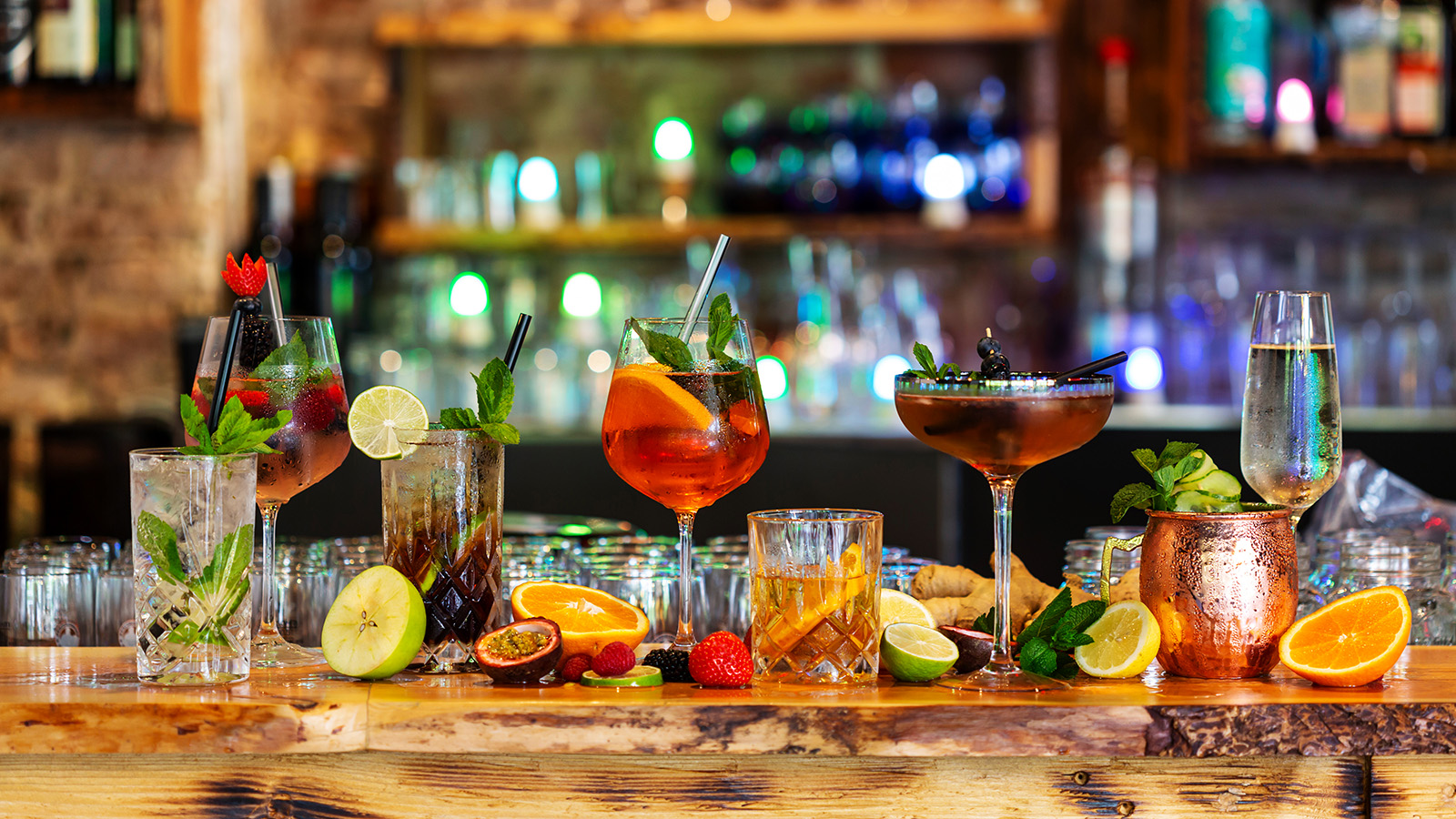Now Reading: 7 Versatile Uses of Alcohol: From Drinking to Cleaning
-
01
7 Versatile Uses of Alcohol: From Drinking to Cleaning
7 Versatile Uses of Alcohol: From Drinking to Cleaning

Quick Summary
- alcohol Types and Uses:
– Ethanol: Found in alcoholic beverages; produced through fermentation of sugars. Safe for consumption in moderation.
– isopropyl Alcohol: Used for disinfecting surfaces; not safe for ingestion. Works by denaturing proteins.
– Methanol: Industrial alcohol, highly toxic, can cause blindness or death if ingested; a public health risk in fake alcoholic products.
– Undistilled Alcoholic Beverages: Includes beer, wine, cider, sake with lower alcohol content (3-15%).
– Distilled Beverages (Spirits): Examples include vodka, whiskey, rum-these have higher alcohol content (35-50%).- Fortified Wines: wines boosted with distilled spirits like brandy; used in cooking or mixed drinks (e.g., sherry).
– Liqueurs and Cordials: Sweetened distilled beverages flavored with fruits or spices having lower alcohol content (~15-30%) used as digestifs or mixers.
- Chemical Basis: Alcohols are organic compounds containing hydroxyl groups (-OH). Alcohol proof measures the level of pure ethanol in beverages.
- Health Notes: Moderate ethanol intake carries less risk than excessive drinking but may still lead to long-term health complications like addiction and nervous system damage.
Indian Opinion Analysis
India has one of the world’s fastest-growing markets for both potable and non-potable alcohol due to cultural diversity and industrial growth. The distinct categories of drinkable ethanol versus industrial varieties highlight safety concerns that nation-wide stakeholders must address actively regarding counterfeit alcoholic products like methanol poisoning cases reported intermittently.
The classification sheds light on opportunities across industries-distillation techniques contribute to India’s notable export markets such as whiskey production while fortified wines see interest even at niche culinary levels locally alongside expanding urban bar scenes.The acknowledgment though connects back responsibility threads ensuring-priority balance lies perhaps educating rural-facing populations unaware severity mishandling-flavored versions semi-medical-grade inconsistencies mishaps-(linked data/articles deaths remain stats zone unexplored)!




























